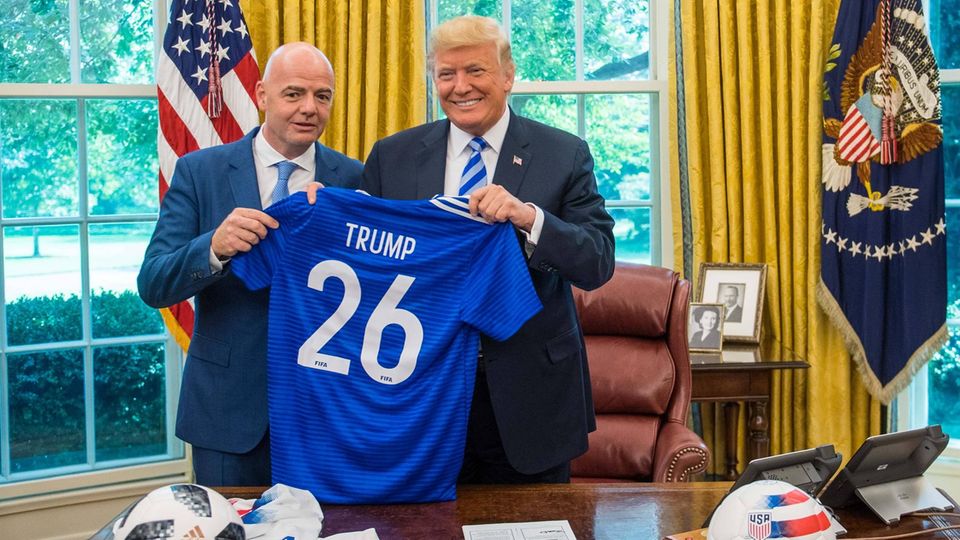The EU wants to help Ukraine win its war against Russia with massive military aid. Now there is an explosive plan as to how support should be made permanent despite tight budgets.
The EU wants to use billions in interest income from frozen assets of the Russian central bank to finance military aid for Ukraine. Representatives of the member states agreed on a plan for this in Brussels after weeks of negotiations, as the current Belgian EU Council Presidency announced. This year alone, up to three billion euros are expected to come together.
According to the Commission, around 210 billion euros from the Russian central bank have been frozen in the EU. The Brussels-based financial institution Euroclear recently announced that it had collected around 4.4 billion euros in interest in 2023.
The compromise with the neutral states
EU Commission chief Ursula von der Leyen and the EU foreign policy chief submitted the proposal for the indirect use of Russian funds for Ukraine to the governments of the EU states in March. It stipulates that 90 percent of the usable interest income from the custody of Russian central bank funds should be channeled into the EU fund for financing military equipment and training. The remaining 10 percent should be used for direct financial aid for Ukraine.
The negotiations were difficult, among other things, because neutral states like Austria do not want to participate directly in the supply of weapons and ammunition – it has now been agreed that some of the interest income will also be used for other financial aid. There were also discussions about how much money Euroclear could keep for its expenses. The amount was reduced from 3 percent to 0.3 percent over the course of the negotiations. It is by far the most important institution in the EU that holds assets of the Russian central bank.
The risk of direct use of central bank funds
There are currently no plans to use the Russian central bank funds directly through an expropriation decision. One reason for this is legal concerns and likely retaliation. Moscow had already warned the EU last year not to confiscate the property of the Russian state or Russian citizens. It would be conceivable, for example, that companies operating in Russia from EU countries would also be forcibly expropriated. In addition, direct use of Russian assets could also lead to other states and investors losing trust in the European financial center and withdrawing assets from the EU.
Ukrainian President Volodymyr Zelenskyj has recently called on the EU several times to accept the risks. It is appropriate to use both the profits and the assets themselves to stop Russian terror, he said in a video address at the EU summit in March. Russia must be aware of the real costs of war and the need for a just peace.
The Cost of War
Ukrainian Deputy Prime Minister Olexander Kubrakow recently estimated the war damage caused by Russia at 500 billion euros, citing figures from the World Bank, the European Union and the United Nations.
Before the EU’s current plan can be implemented, Wednesday’s agreement must be confirmed again by the Council of EU member states. However, this is considered a formality. The Belgian Council Presidency emphasized again on Wednesday that statutory national taxes on Ukraine’s extraordinary Euroclear profits have been made available for some time. Specifically, the amount for the 2024 financial year will be an estimated 1.7 billion euros, a spokesman said.
Source: Stern
I have been working in the news industry for over 6 years, first as a reporter and now as an editor. I have covered politics extensively, and my work has appeared in major newspapers and online news outlets around the world. In addition to my writing, I also contribute regularly to 24 Hours World.




